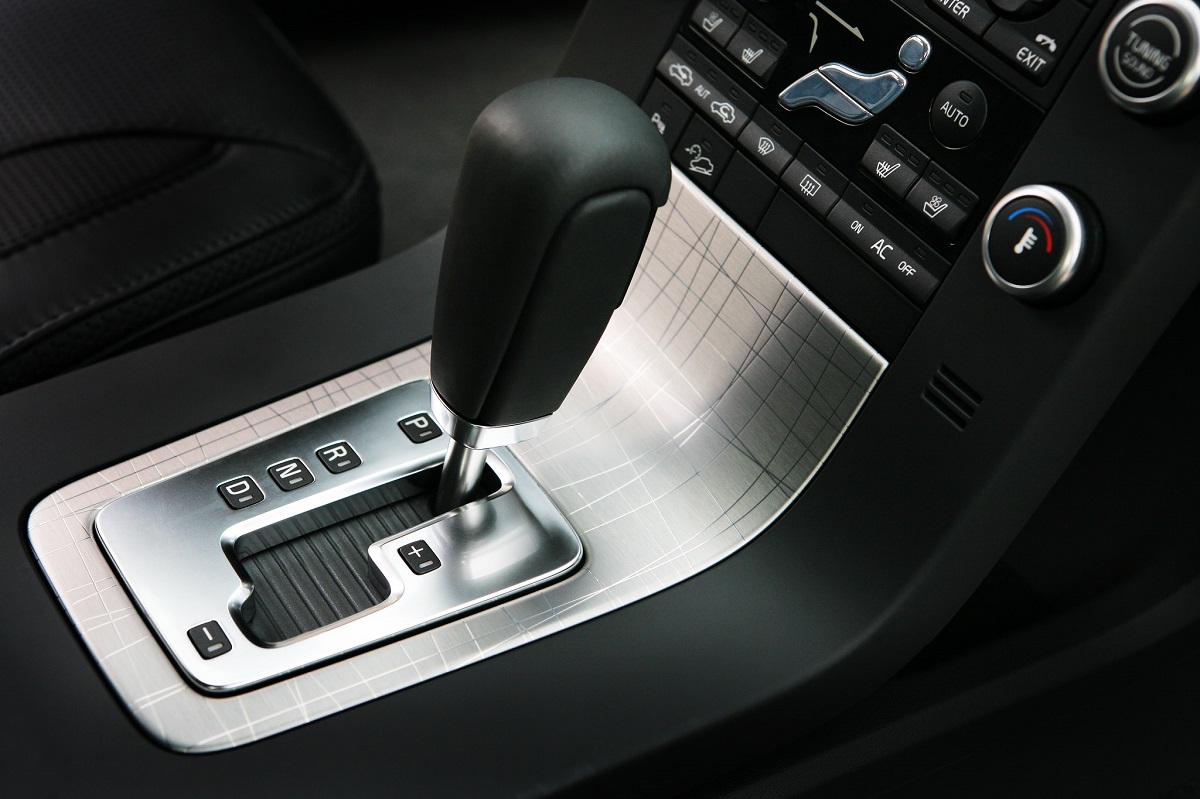You probably don’t give much thought to your car’s transmission, but as soon as it starts acting up you will know about it. Your transmission is required to be in good working order if you want to drive your car (which, let’s face it, why else would you have a car?). Most transmissions last between 60,000 and 100,000 miles without any major problems, but once yours fails you can be faced with a very costly repair, which could involve either a completely new transmission or a major repair of the existing parts.
New to Towing? Check out these safety tips for successfully towing using your truck
Luckily, there are some things you can do to keep your transmission running smoothly for longer. These tasks are not time consuming and can save you money in the long run.
It’s a good idea to check your transmission fluid on a regular basis. Many avoidable transmission problems are caused by low fluid levels or dirty transmission fluid. A low level of the fluid can cause your car to overheat. Checking the fluid once a month or so means you can address any leaks or other issues before they become a more major problem.
Your car owner’s manual will specify how often your transmission fluid should be changed, but it’s typically every 100,000 miles. This service involves draining the old fluid, changing the filter, cleaning the transmission pan, and adding new transmission fluid to the car. Unless you’re experienced with DIY car service at home, it’s a good idea to have a professional take care of this for you.
Just like with engine oil, there are different types of transmission fluid. Before replacing or topping up yours, consult your owner’s manual to make sure you purchase the correct fluid type. An even more foolproof way to ensure you use the right fluid is to use a car dealership service center that’s factory trained on repairing and servicing your make and model.
Your engine’s cooling system helps make sure your transmission fluid is cooled as well as your engine. Have your mechanic check your cooling system at least every couple of years (or more if you think you have an overheating problem). Maintenance should include changing the coolant, looking for leaks and other damage, changing the hoses, and testing the radiator cap pressure.
Shifting from reverse gear to drive in an automatic can put unnecessary strain on the transmission, which could equal a shorter lifespan. Instead, make sure you come to a complete stop before shifting from reverse to drive.
It’s a good idea to let your engine warm up gradually on a cold day. It can take a couple of miles for for your transmission to warm up, especially in the winter months. Newer cars are less likely to have issues warming up quickly, so even 30 seconds of idling before you drive your car can help. But don’t let your car idle for too long, because then you’re just pumping unnecessary fumes into the atmosphere and contributing to climate change.

Many drivers shift their cars into park when parking and don’t use the emergency brake. But the hand brake isn’t just for emergencies; it’s meant to be used when parked as well. It’s especially important to use use your parking brake when parking on an incline; failure to do so can mean extra strain on your car’s transmission.
If you tow equipment, do not exceed the recommendations made by the manufacturer. Towing heavy loads over what your vehicle can handle can affect the transmission fluid and do serious (and costly) damage.
Spare tires are meant for temporary use only. If you blow a tire and need to use your spare one, take your car straight to a mechanic or tire shop to get a permanent replacement. Driving for a prolonged period of time on a spare tire can put strain on the transmission due to the tire’s smaller size relative to your three functional tires.
Light vs. Heavy Duty: What’s the difference between the two truck types?
Vehicles require regular service to keep them in top shape. With regular maintenance, your transmission should be good for at least 100,000 miles, if not more, without any issues. Following these tips can also help ensure a long transmission life, which means fewer costly repairs for you.
Catherine Hiles (she/her) is a native Brit living and working in Dayton, Ohio. Cat has written about a variety of subjects, including finance, cars, and parenting. She is a frequent contributor to Dayton Mom Collective, The Penny Hoarder, and WDW Magazine.
Cat lives with her husband, their two kids, and their energetic pitbull mix. She counts running, lifting weights, walking, and reading among her hobbies. See more articles by Cat.











